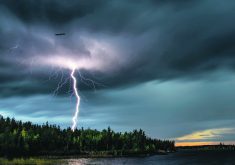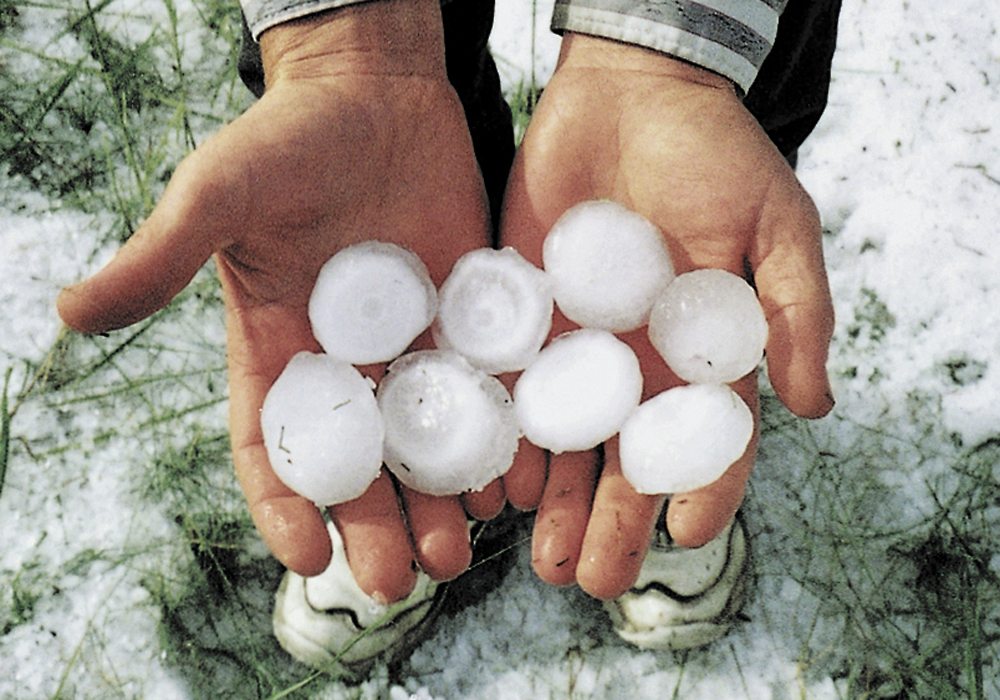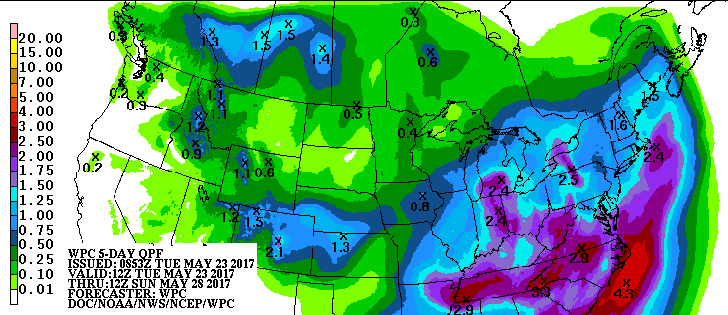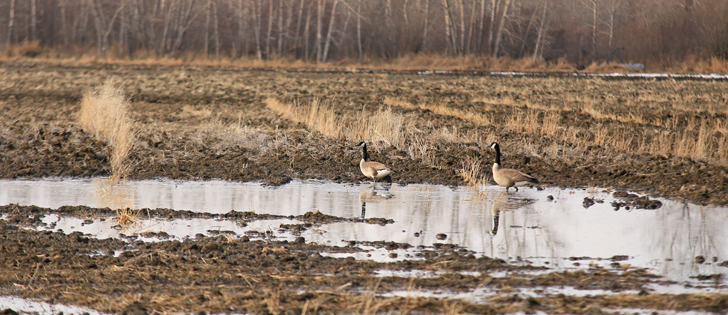Long before meteorologists had sophisticated technology and 24/7 global weather networks, people made forecasts based on their observations of the sky, animals and nature
People once relied on lore to forecast the weather and connect changes in nature with rhythms or patterns of weather. Proverbs were created and passed down through the generations as if they were family heirlooms.
Bill Zak has been a farmer, hunter and trapper for more than 50 years. A life of living off the land and observing nature has taught him that animal behaviours in the wild can sometimes foretell winter weather.
“We pay attention to stuff like that,” said Zak, who lives east of Hudson Bay, Sask. “There seems to be some truth to it.”
Read Also

Sustainable food has ‘lost all meaning’: prof
That marketing strategy is deader than a doornail, says a University of Guelph professor who specializes in consumer preferences and perceptions of agriculture and food.
He said a common belief among trappers and First Nations elders is that a big muskrat house often means a harsh winter.
“I did find that there’s a correlation between the house and the winter,” he said.
“If it’s going to be a severe winter, or the ice freezes down, they just seem to have a larger house for whatever reason.”
Zak said the fall hunt taught him that deer can sense whether the coming winter will be colder than normal, based on their fat reserves.
“It’s got to be a built-in instinct. I notice that animals respond to weather.”
He has also seen deer change their eating habits before a particularly cold winter.
“Normally they’re browsers, eating a few alfalfa leafs and moving on and taking a few more and moving on,” he said.
“If there’s a rough winter coming up, they just seem to be in one spot and eat and eat in the field.… It’s a common fact that if you see deer out in the middle of the day eating, then there’s a storm coming.… I don’t think anybody can dispute it.”
He said coyotes and wolves are also more active before a storm.
“They seem to sense the low pressure system, the change in the barometric pressure.”
The Old Farmer’s Almanac, which is published in the northeastern United States, has been a source of information since 1792 and contains a collection of proverbs:
- A green Christmas, a white Easter.
- If the first week in August is unusually warm, the winter will be white and long.
- Full moon in October without frost, no frost till full moon in November.
- When March has April weather, April will have March weather.
- Ring around the moon? Rain real soon.
Garry Stone heard a few theories about weather while growing up on a Saskatchewan farm in the 1940s. He remembers hearing it will rain 100 days after a February fog, and that frost is more likely during or right after a full moon.
He recalls hearing Environment Canada meteorologist David Phillips debunking the myth that a full moon means colder temperatures.
“He said, ‘do you realize the full moon happens all over the world on the same day? It’s unlikely it’s going to be colder everywhere,’ ” said Stone.
He has never put much stock in old myths but does remember the saying, “whether it’s cold or whether it’s hot, we have to have weather, whether or not.”
Biologist Mike Gallop of Saskatchewan Fish and Wildlife is not aware of scientific studies on the subject of wildlife and weather.
“No one to my knowledge has ever published information, a paper where they’ve gone out for five or six years and done, say, measurements on muskrat houses and then correlated that with winter weather conditions, or that kind of thing.”
Gallop said the question is whether there is a predictive value as opposed to seasonal rhythms or the amount of light.
Although anecdotal, Gallop’s personal opinion relates to his observations with geese and cranes.
“Their ability to predict is probably not so different than our own weathermen,” he said.
“You’ll start to see some major movements of birds well in advance of when you and I would detect on the ground that there’s weather patterns moving in. Somehow they seem to know that there’s a front moving in and will react way ahead of that front.”
The amount of natural light is key to understanding animal behaviour, said David Weiman, who traps near Preece-ville, Sask.
“I find a lot of them (myths) are really dictated mostly, and this is my personal opinion from my years out in the bush, by the amount of light,” he said.
“When you look at something, for example grouse, they’ll start drumming in the fall again. Not that the hens are going to get bred, but it’s the amount of light.… We get some trumpeter swans right now that are going through another breeding cycle. They’re not breeding now, but it’s the light again. It’s no different than trying to get chickens to lay eggs. You just give them more light.”
Weiman takes a pragmatic view when explaining the square footage of a muskrat house.
“I think it depends on how many muskrats there are. If you get into some situations where there are a lot of muskrats, you’ll get a big house beside another big house because they need a bigger home to live in,” he said.
“(However,) those muskrat houses are up in a day and a half. They know when there’s a front coming in and if it’s going to be sitting there for a while. They have to get something going.”
















